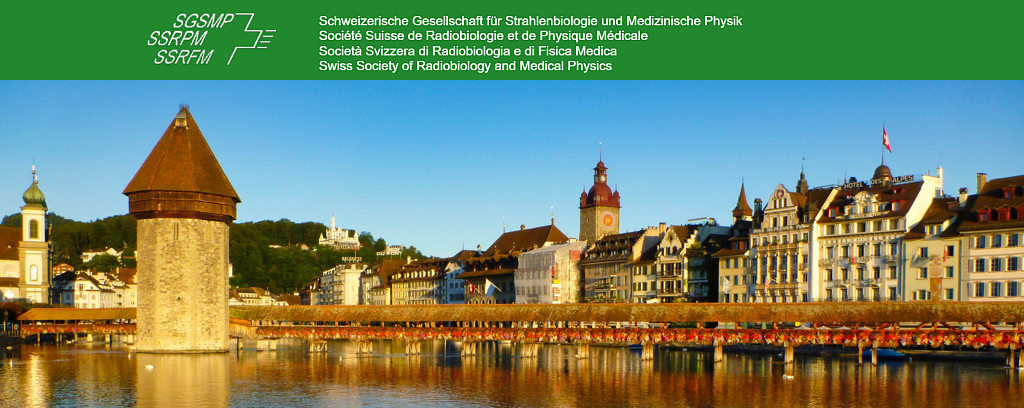Speaker
Description
Purpose
Radiotherapy with ultra-high dose rates (UHDR) or FLASH radiotherapy (RT), offers the potential of significant reduction in side effects for cancer patients, and associated improvement in quality of life. In the short term, new electron and proton beam facilities for FLASH are currently being installed or being upgraded to FLASH mode. The clinical application of such radiation requires precise and traceable dose measurement. The dose measuring devices used in conventional radiotherapy are only suitable for this to a very limited extent.
Methods
METAS as part of a strong international consortium took part in the development of a metrological framework for UHDR beams within the European project UHDpulse. Primary as well as secondary standards for absorbed dose-to-water measurements were tested for their suitability in UHDR beams.
METAS established an UHDR reference electron beam. It improved its primary standard for UHDR electron beams and investigated the behaviour of well-known and new detectors in such beams.
Results
METAS modified its accelerator to provide electron pulses with up to 1Gy/pulse in 3us at 15MeV beam energy.
A comparison of the Fricke primary standard with the PTB water calorimeter showed excellent agreement. The ratio between the dose delivered by a calibrated UHDR electron beam using the METAS primary standard and the dose delivered by a calibrated UHDR electron beam using the PTB primary standard was shown to be 1.002(12).
METAS, investigated several detector types, such as parallel plate ionization chambers, diamond detector, Fricke dosimeter, EBT3 film and Alanine. The widespread parallel-plate ionization chambers showed strong electron recombination effects in UHDR beams that distort the dose measurement significantly. Hence, the common correction models cannot be used. The passive detectors, on the other hand, did not show a dose rate-dependent response.
Conclusion
It has been shown that conventional detectors (mainly ionisation chambers) are not readily usable for reference dosimetry in UHDR beams. Therefore, METAS established reference dosimetry for UHDR electron beams which will be presented in this contribution.

